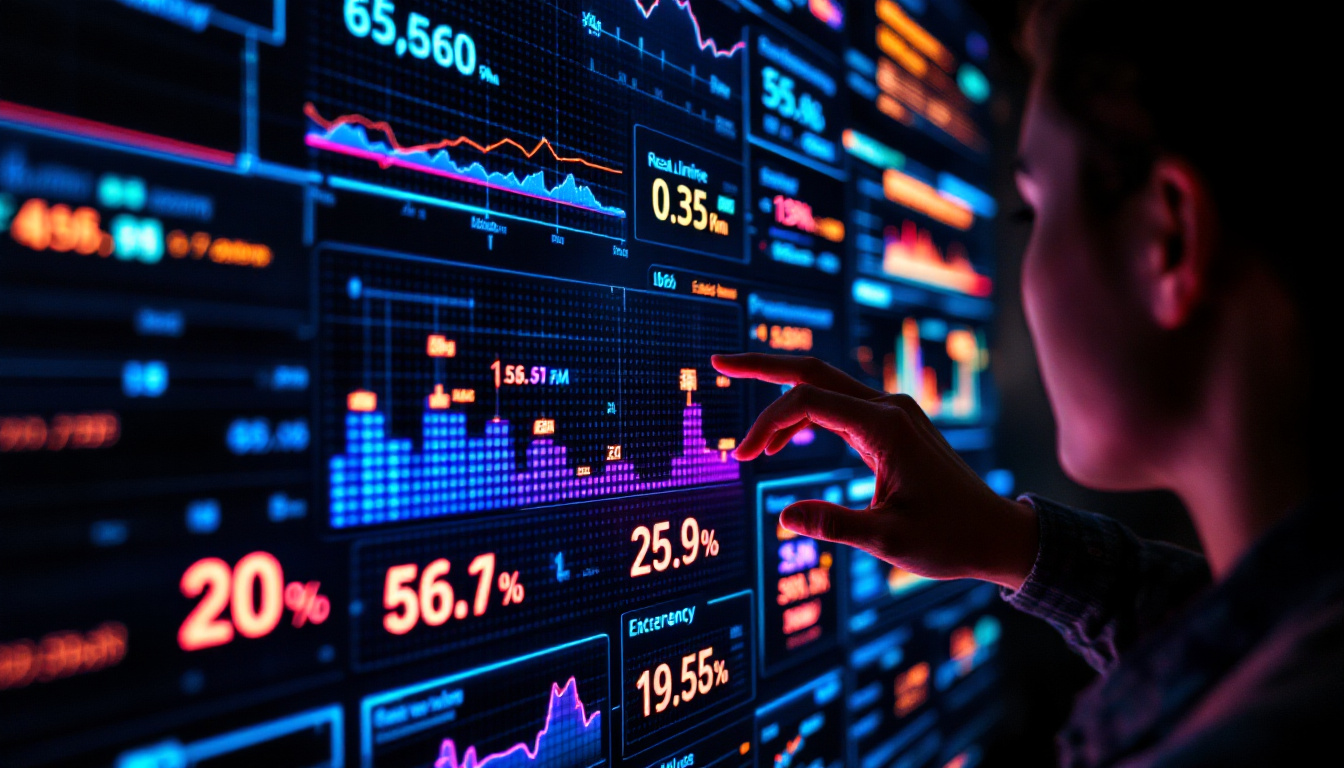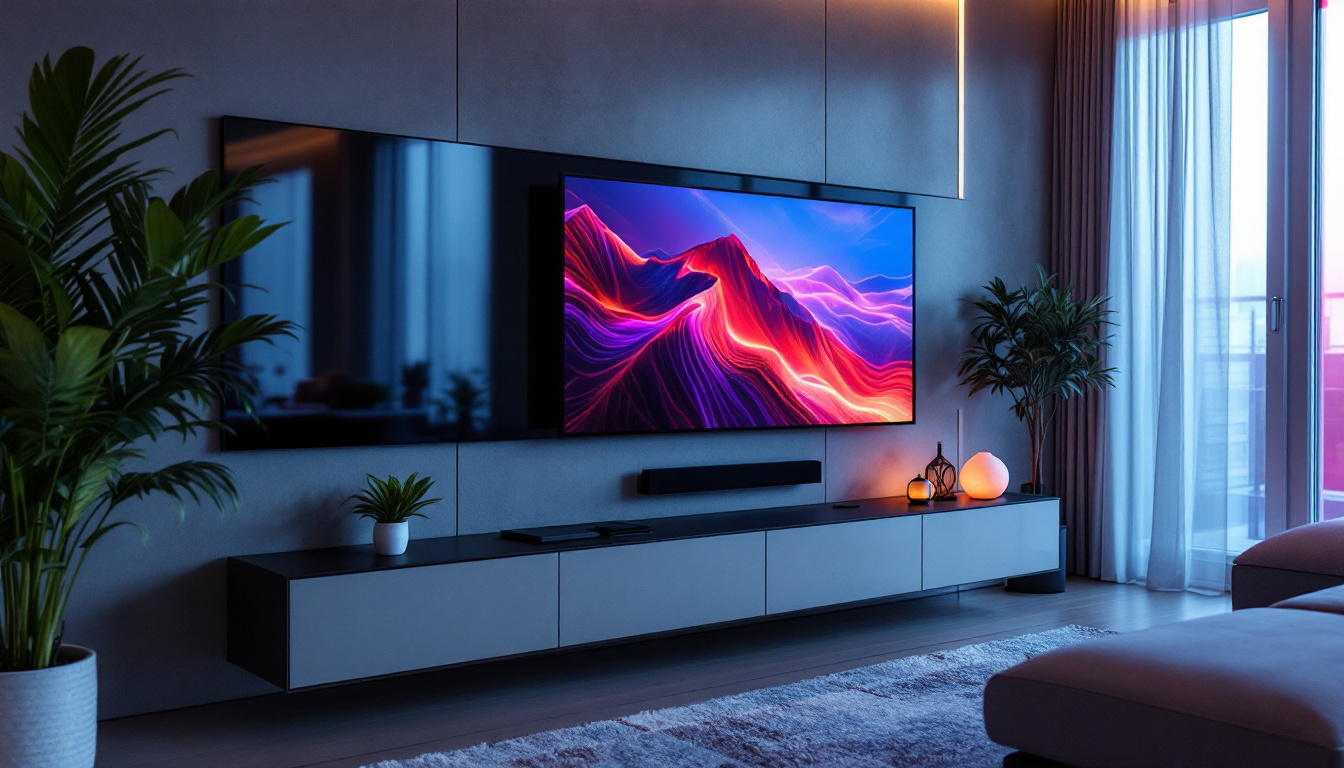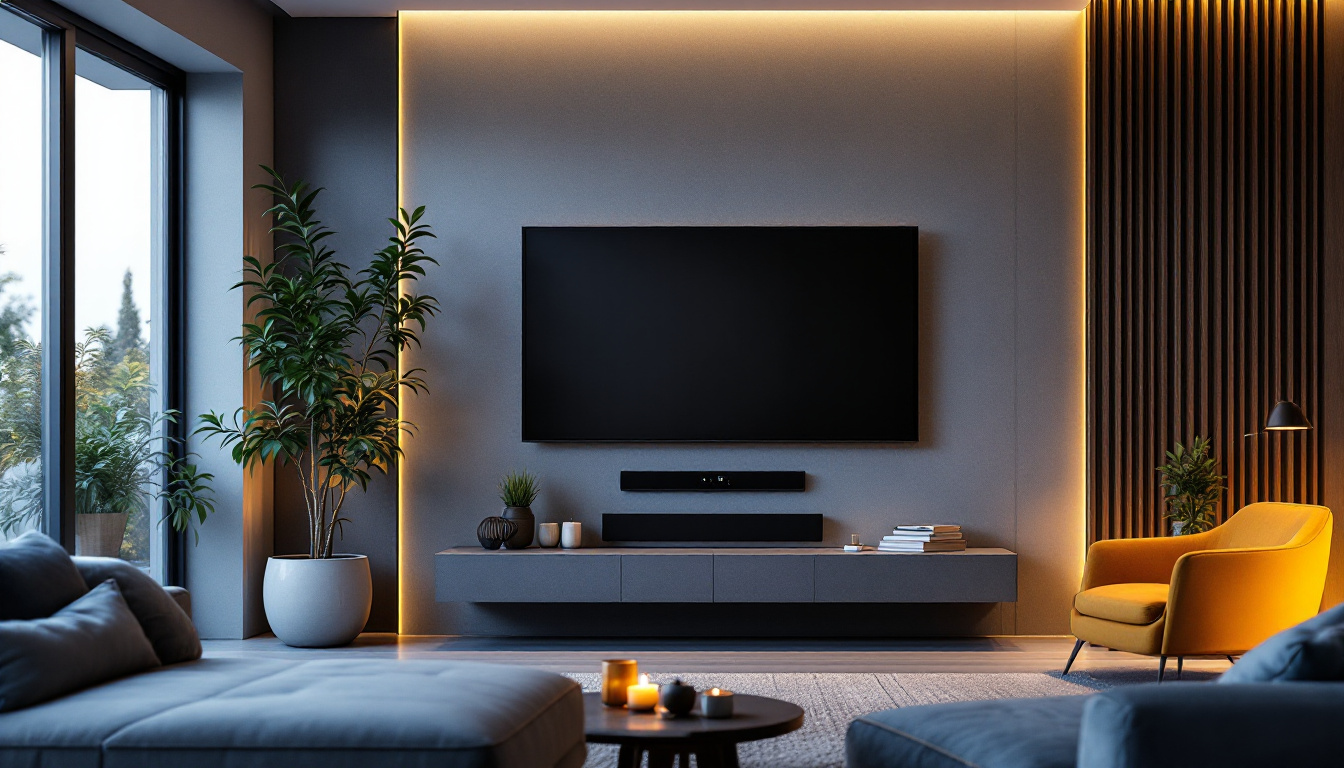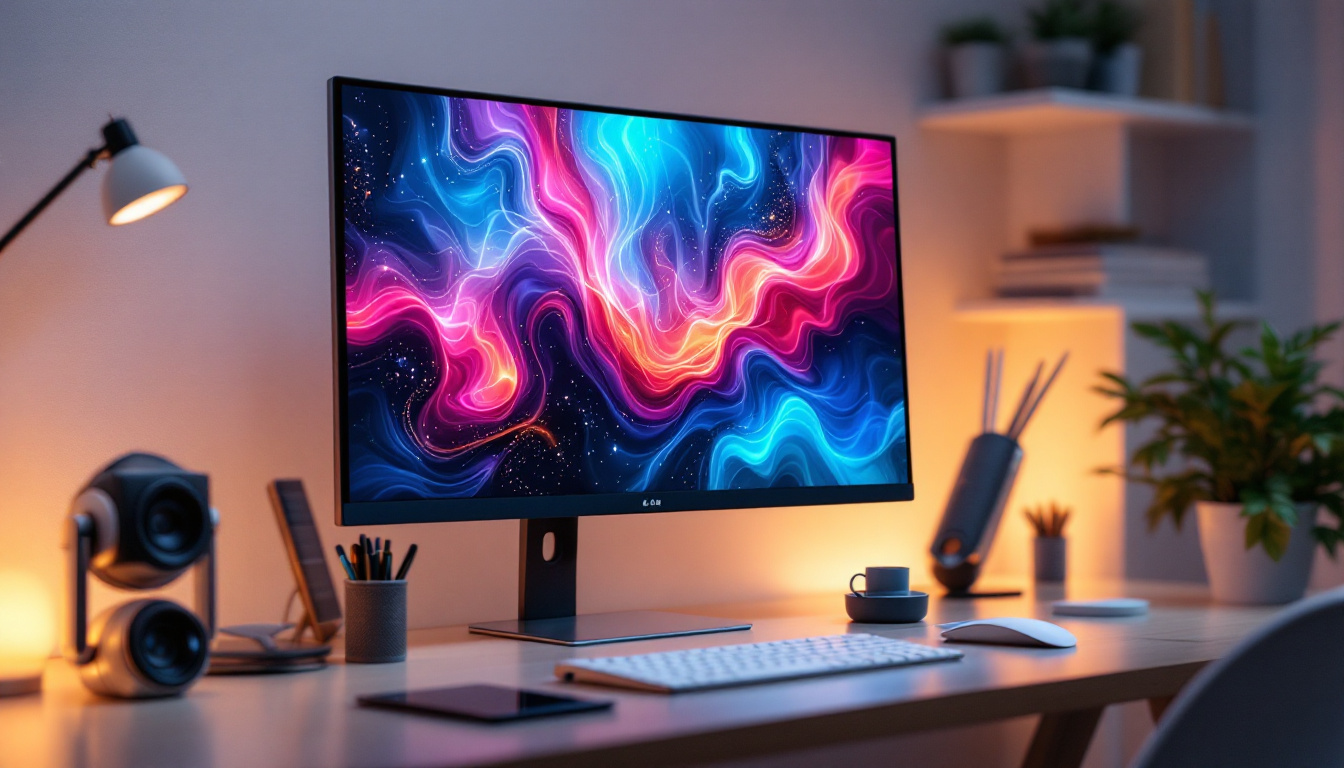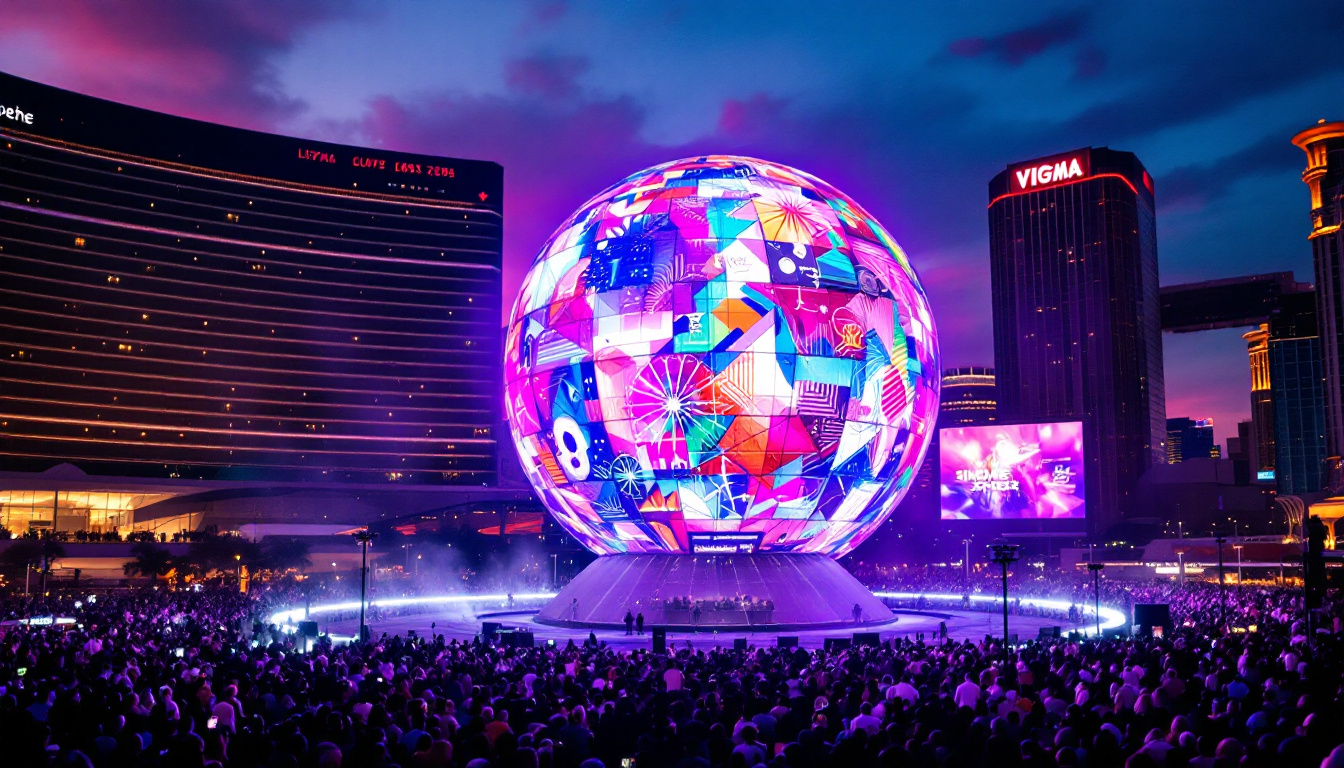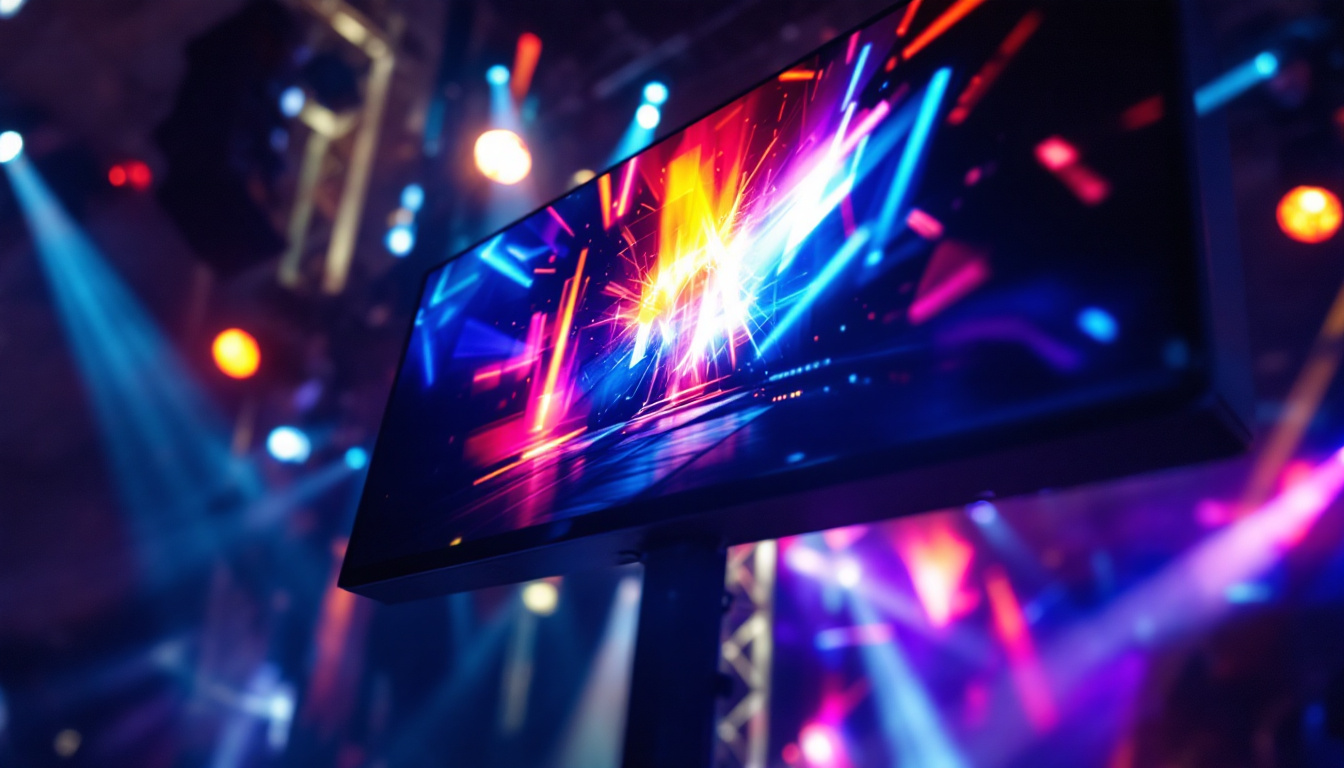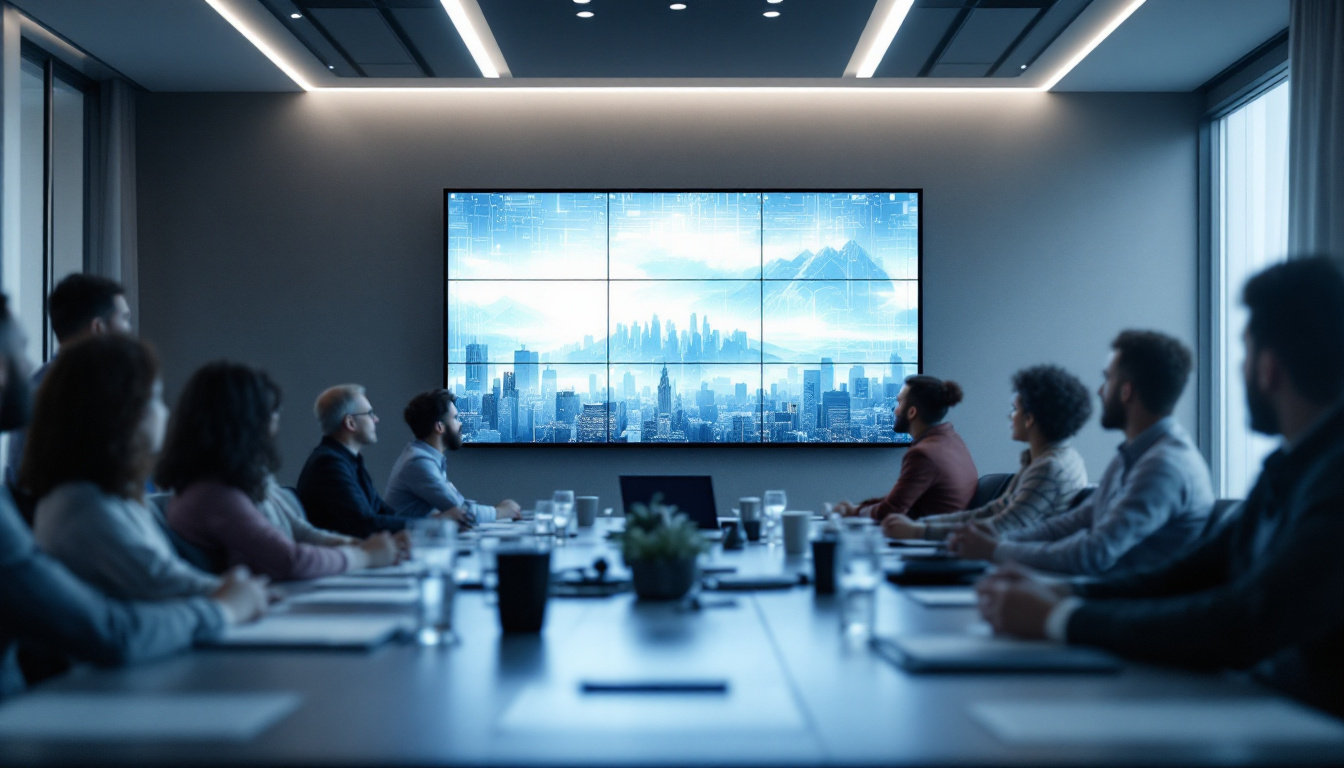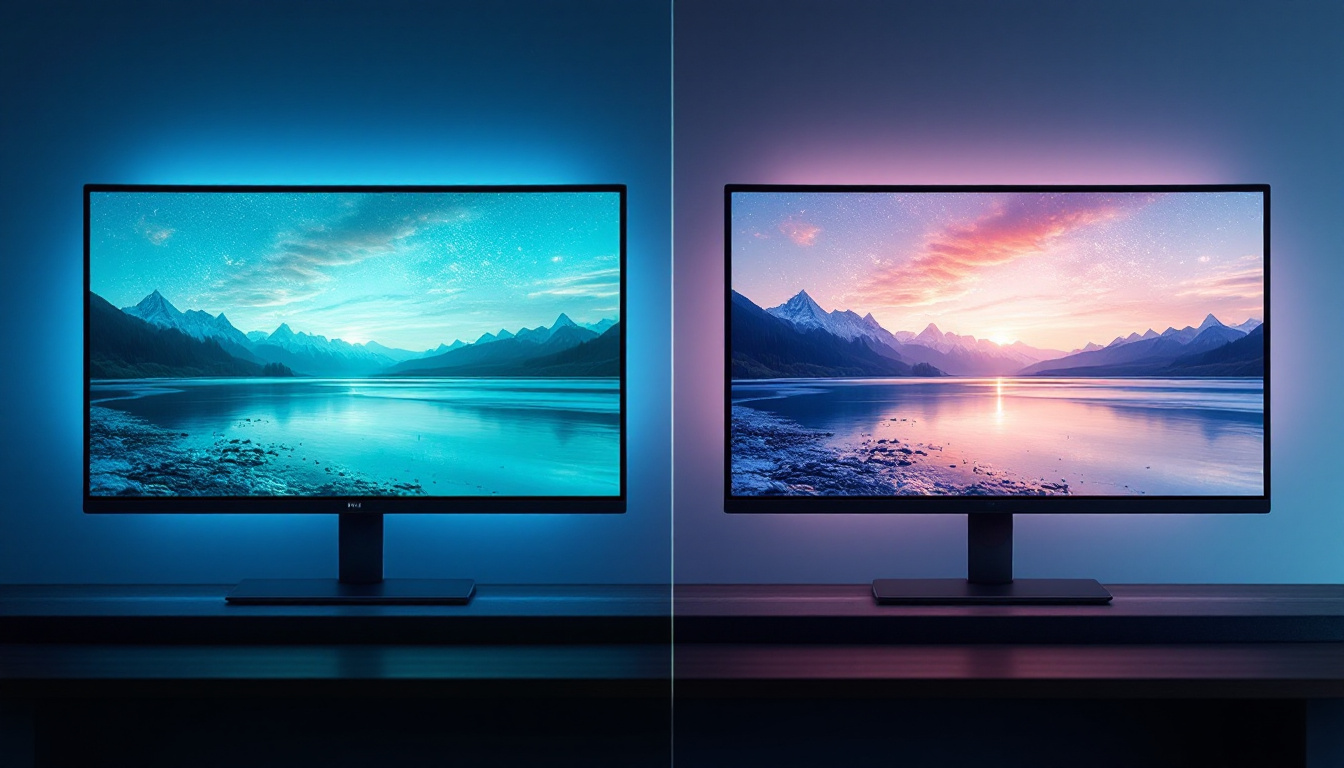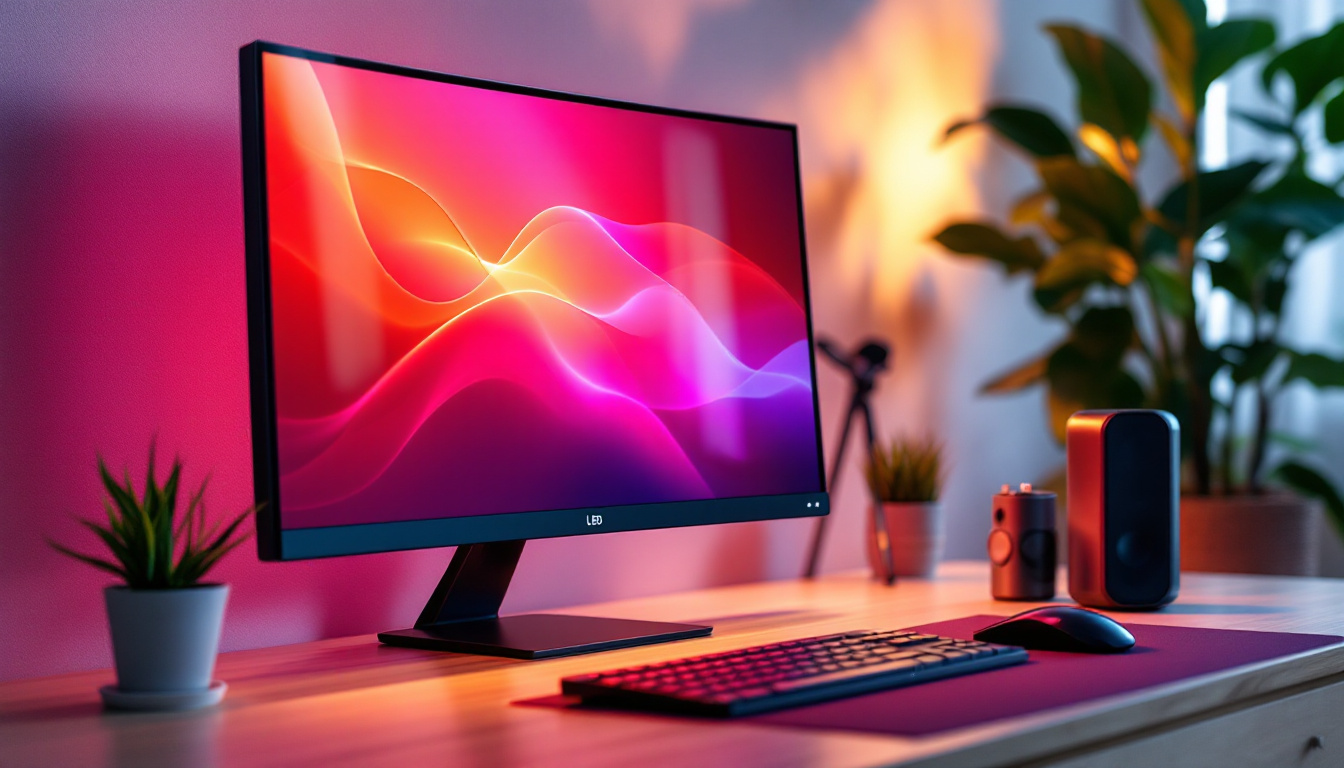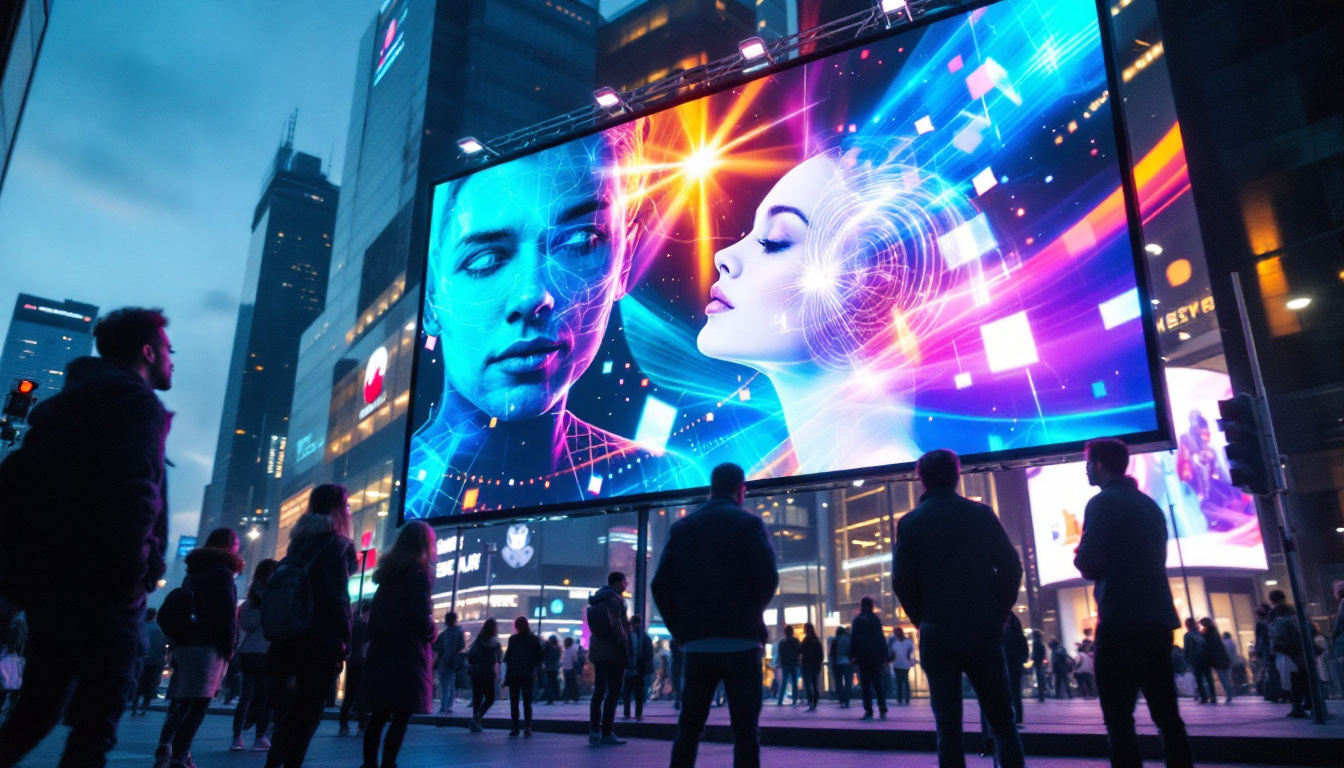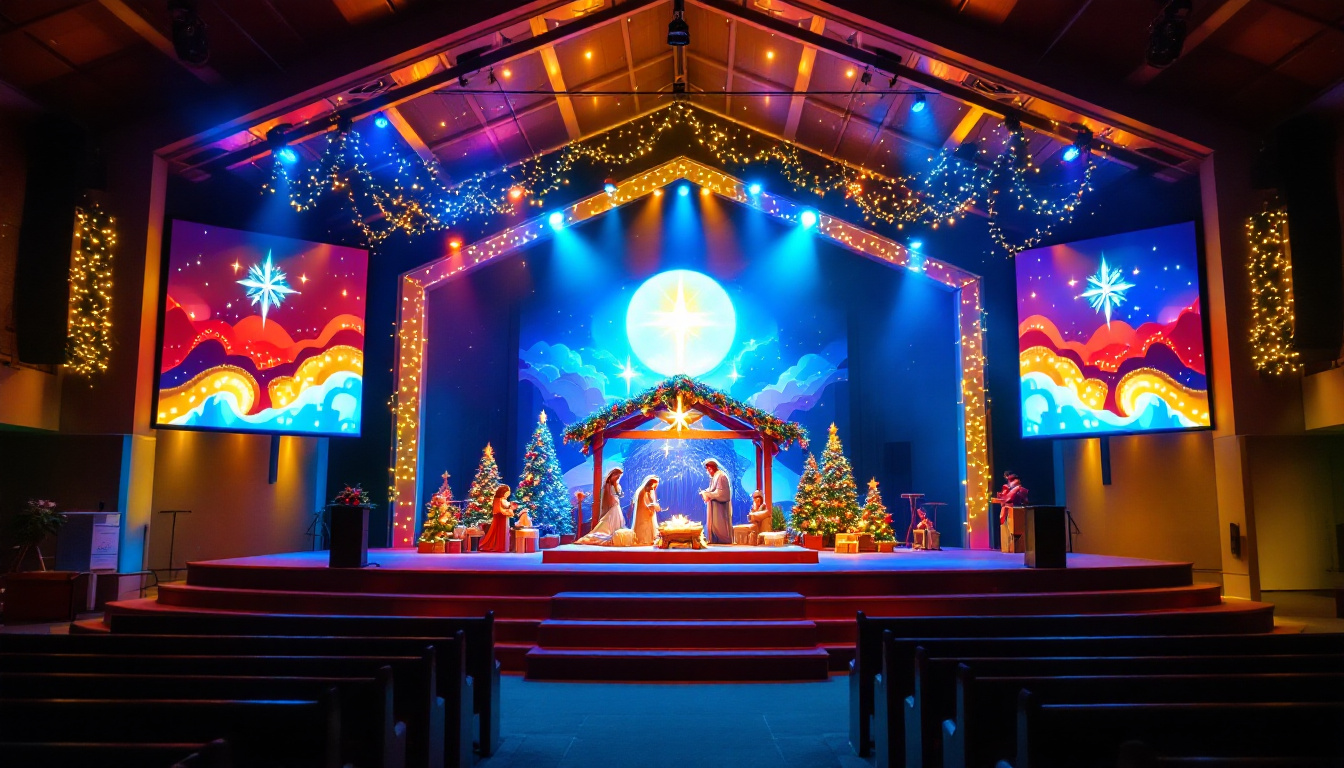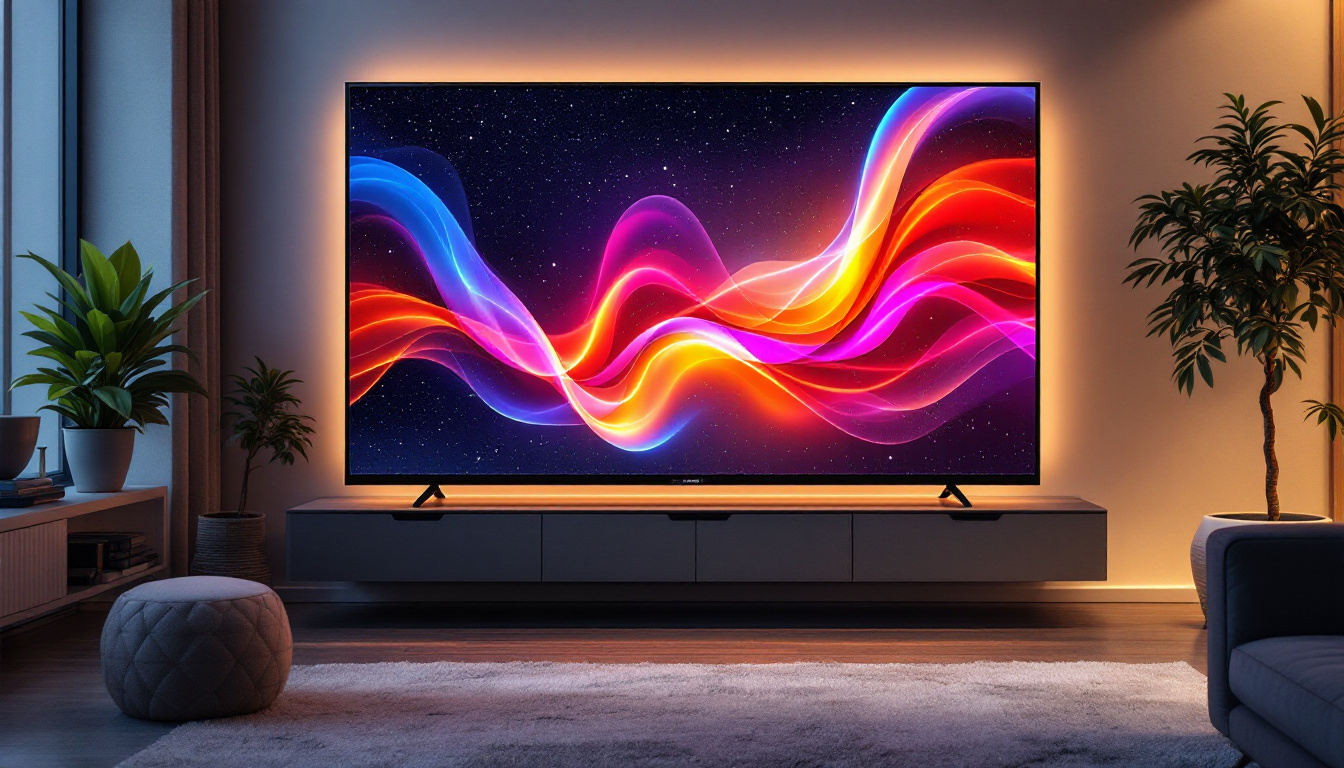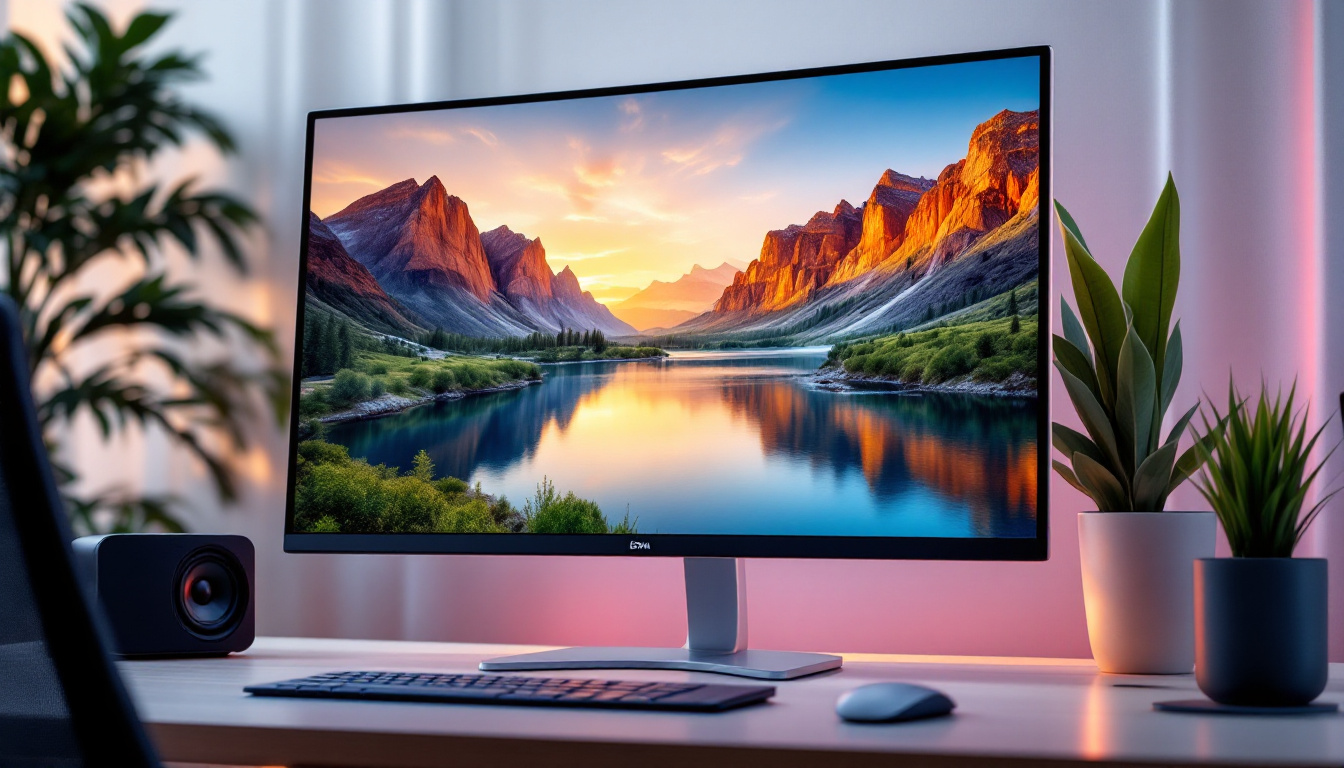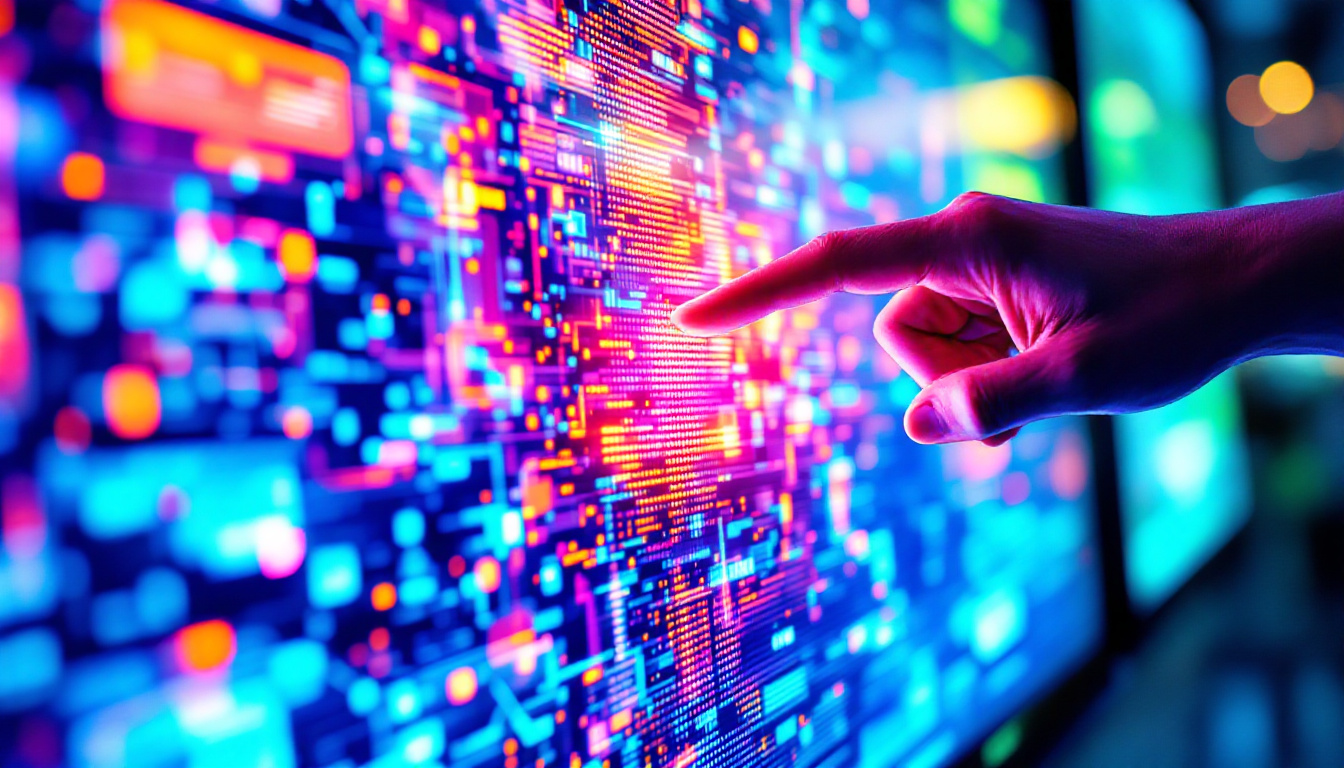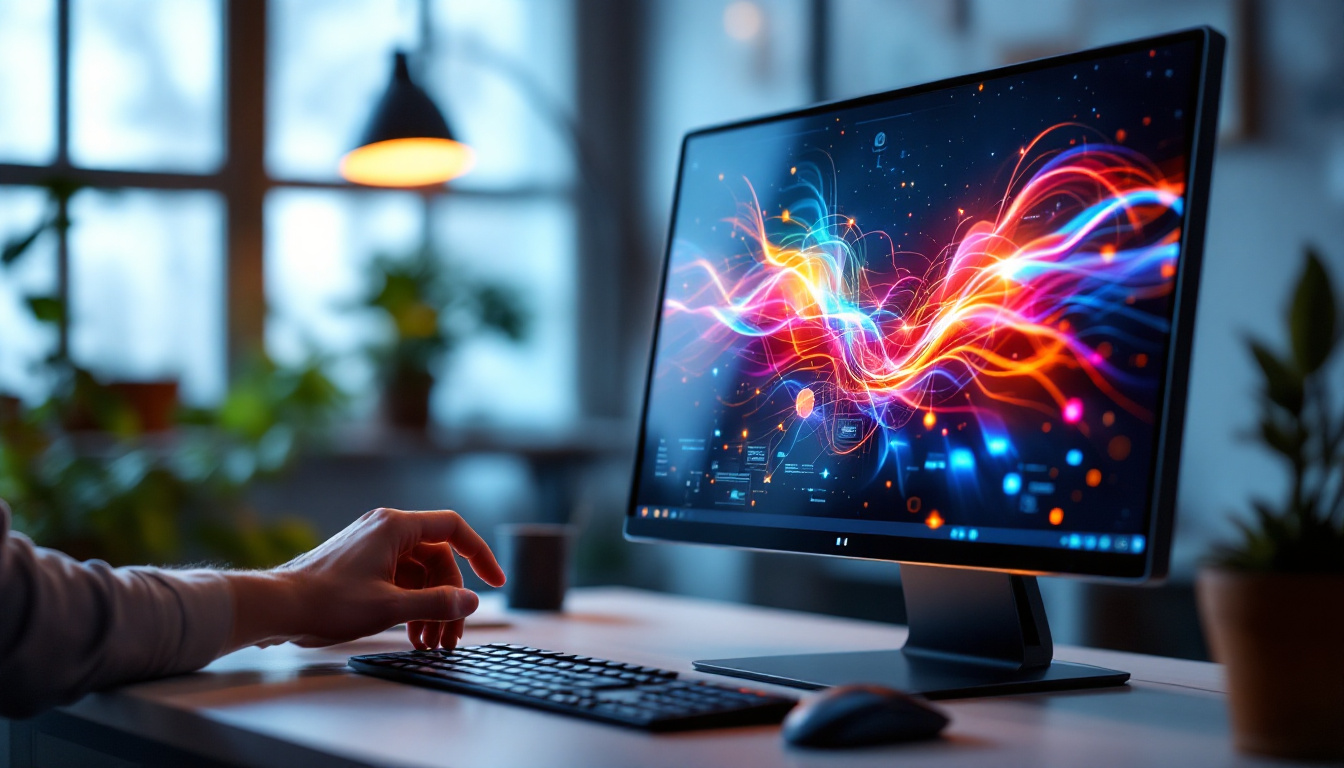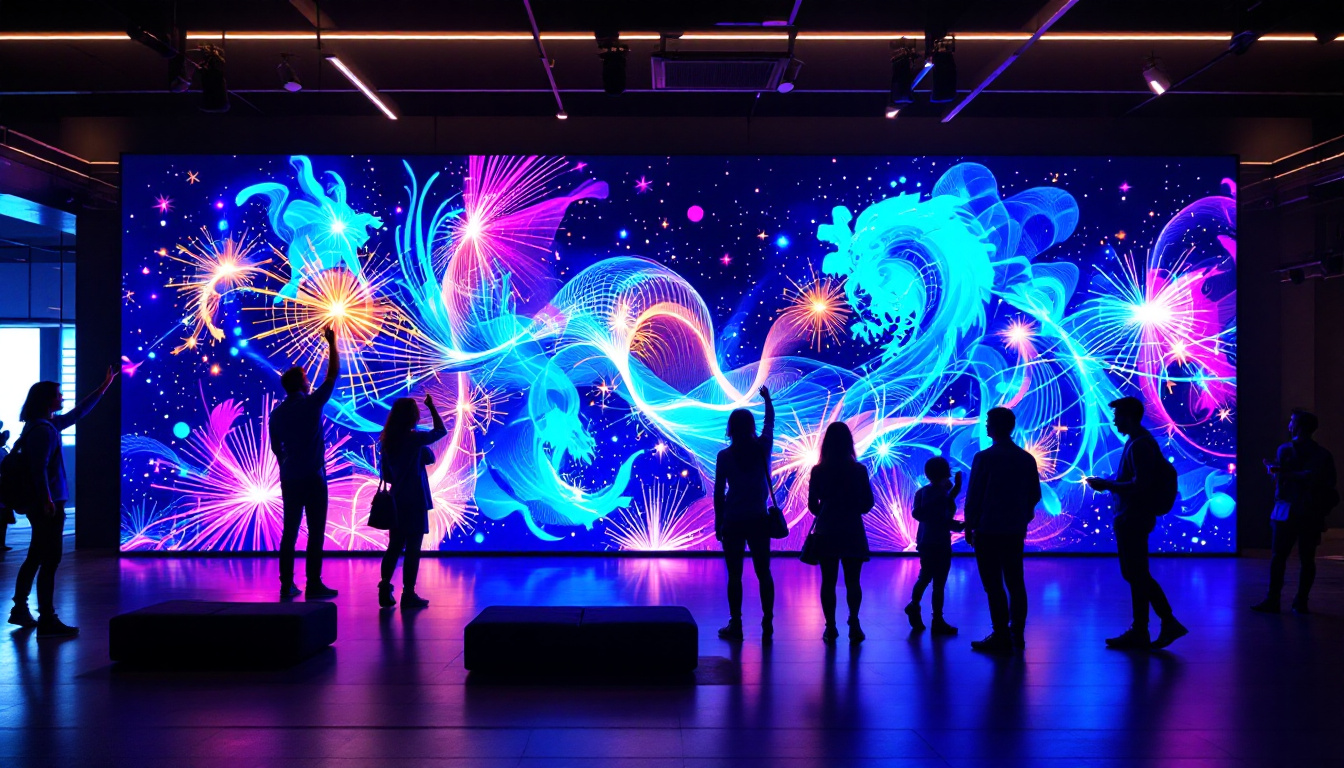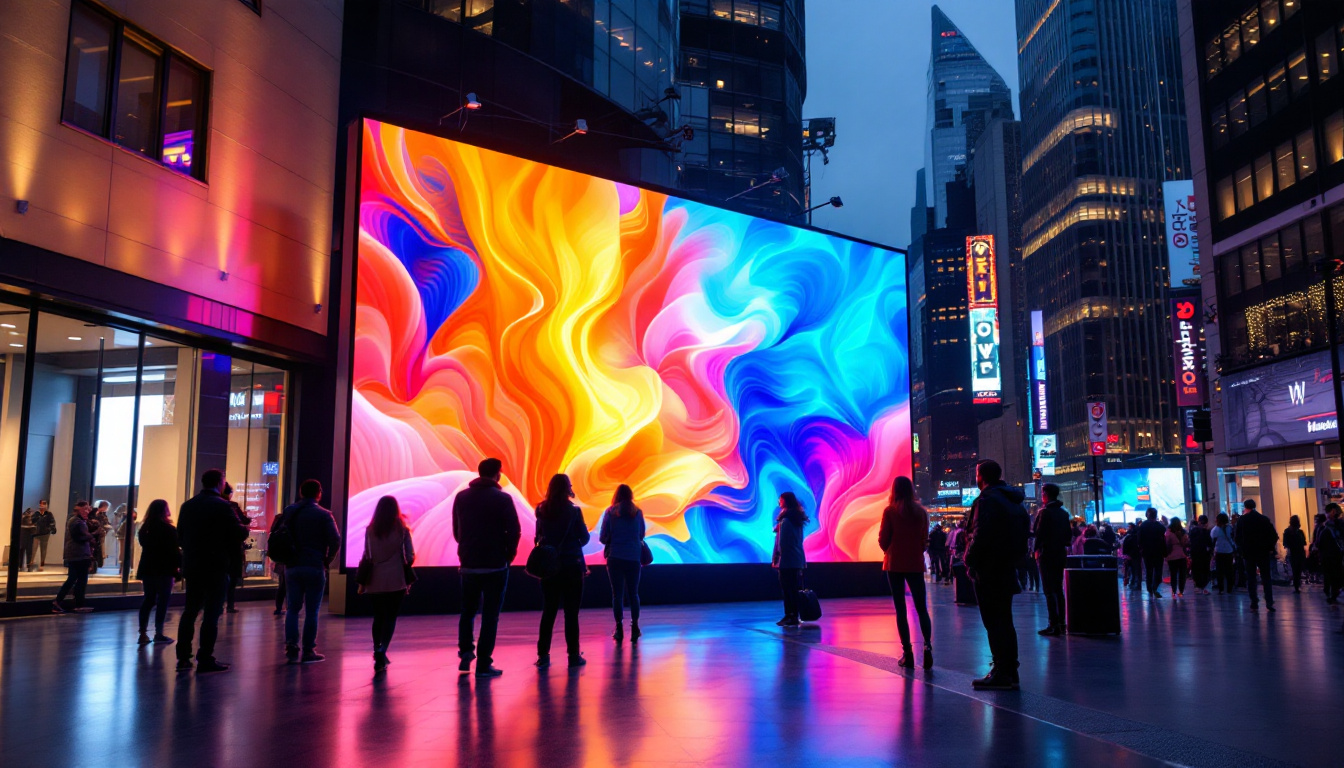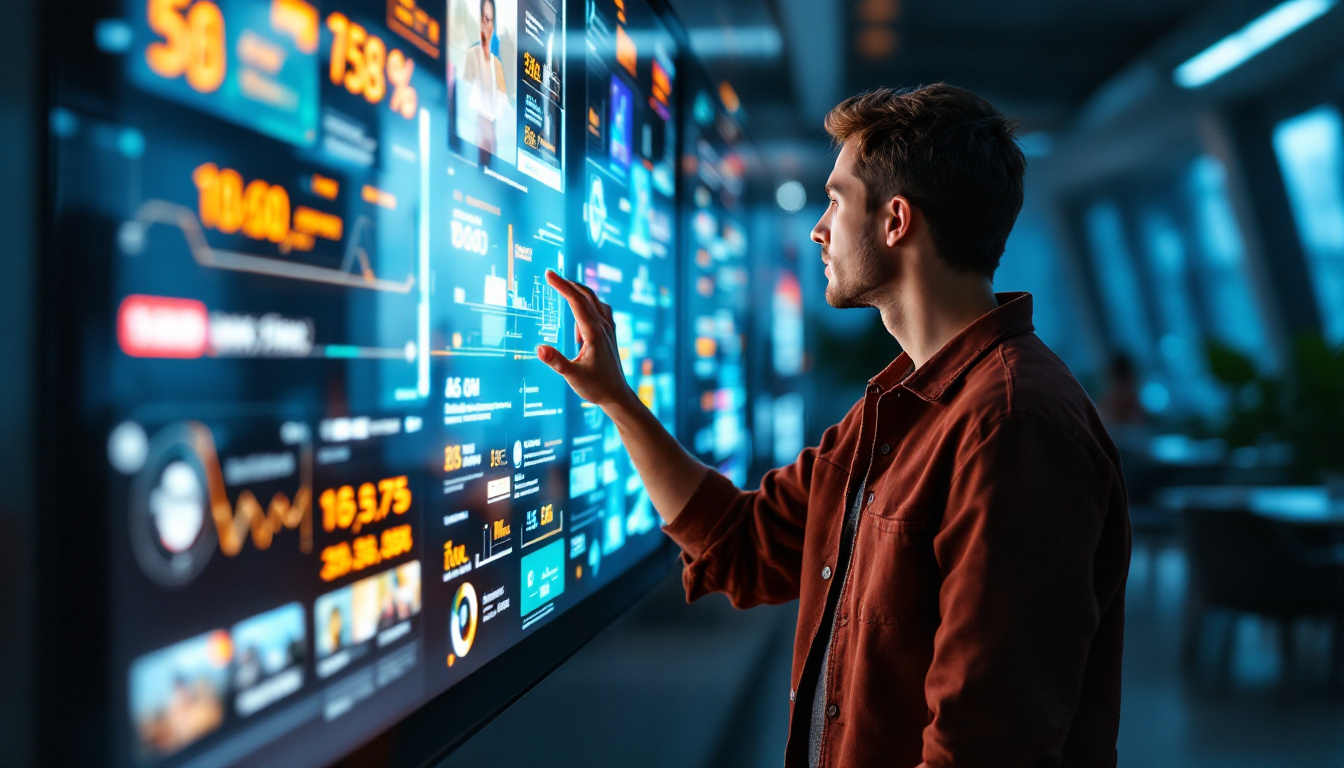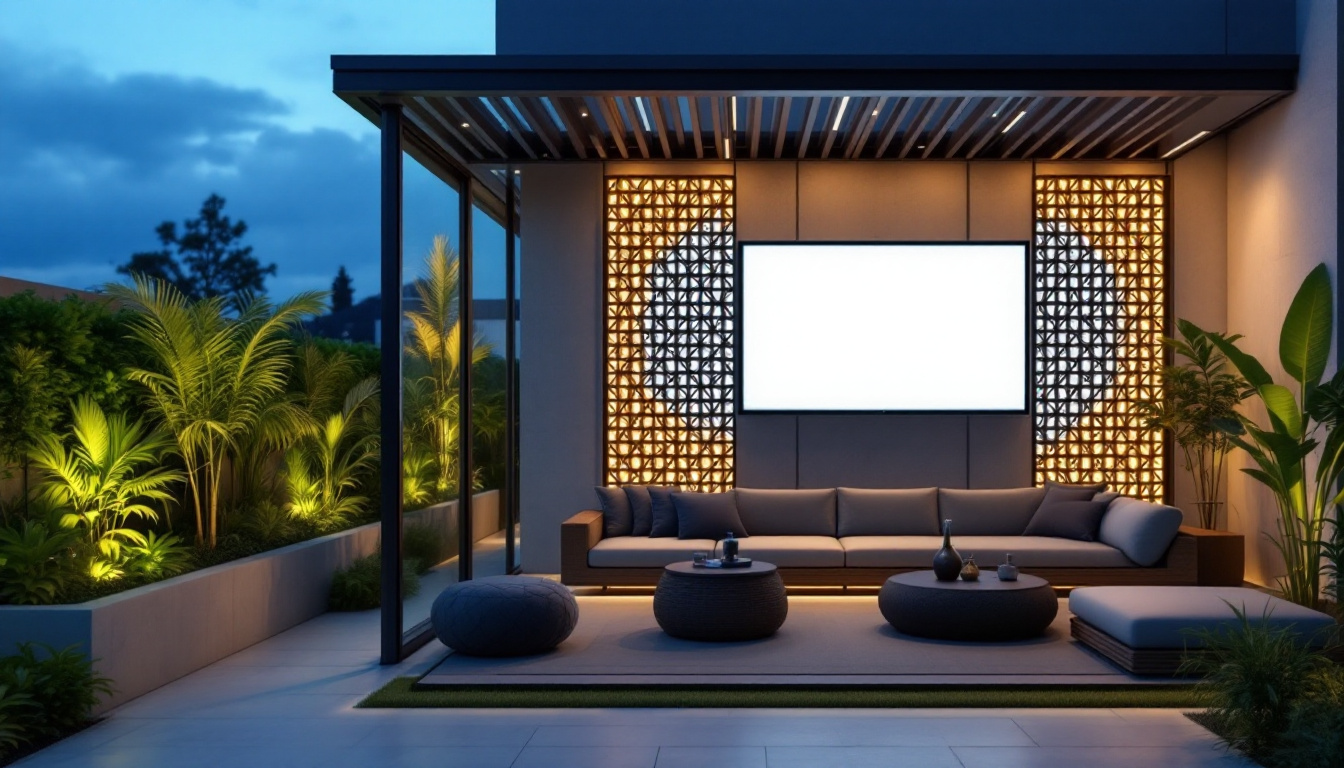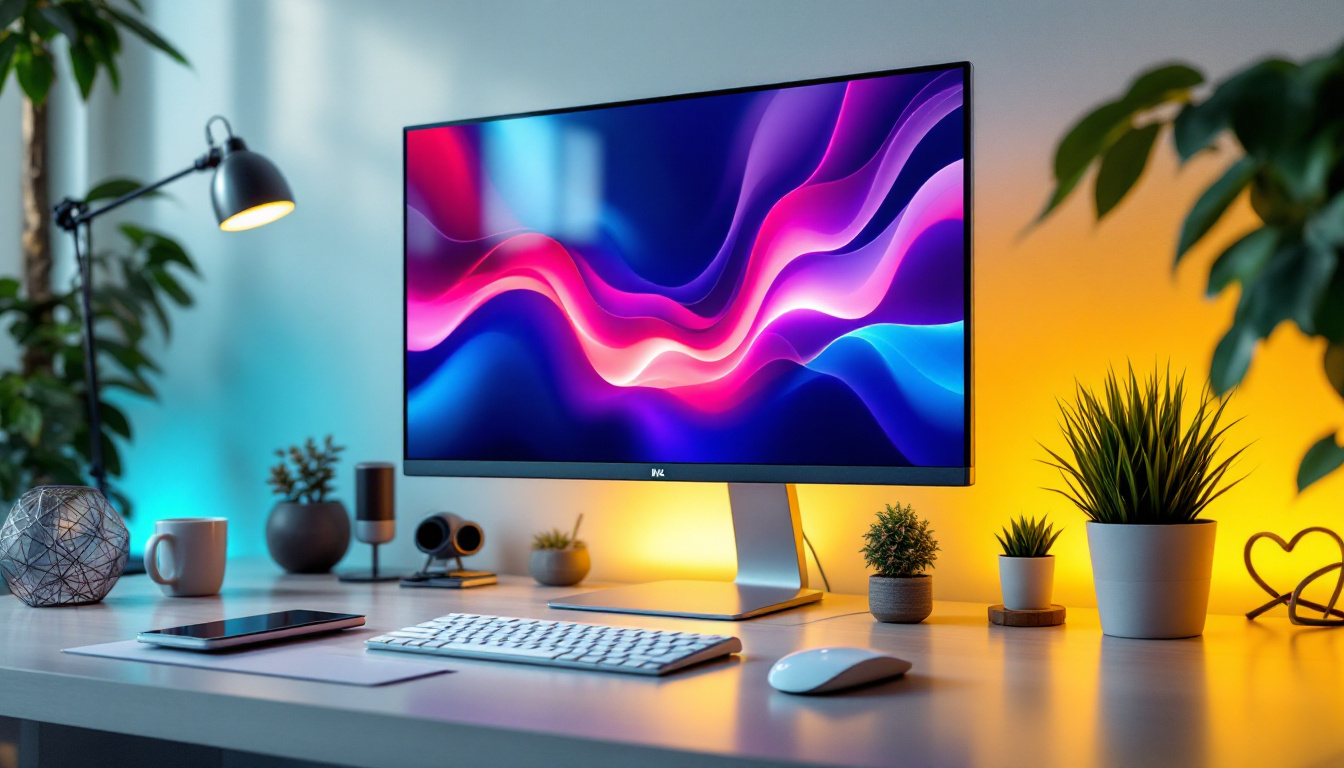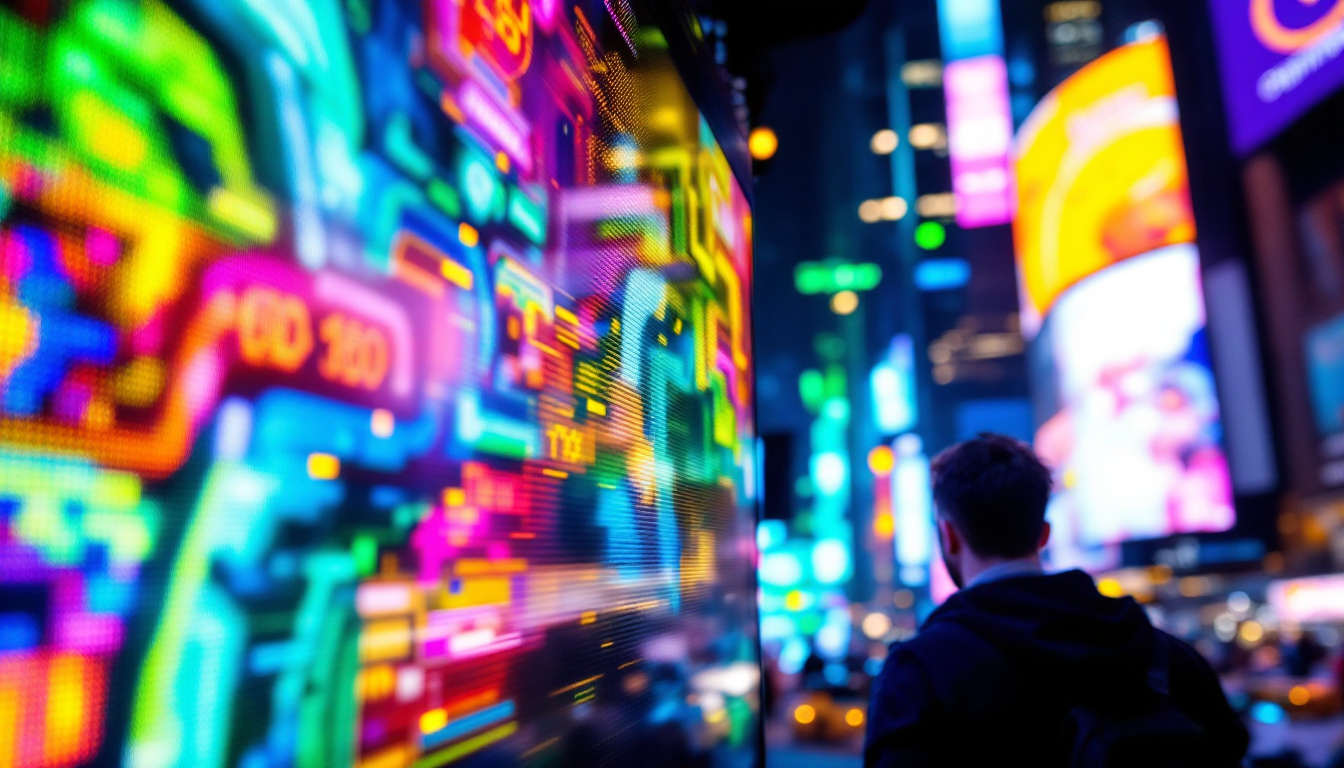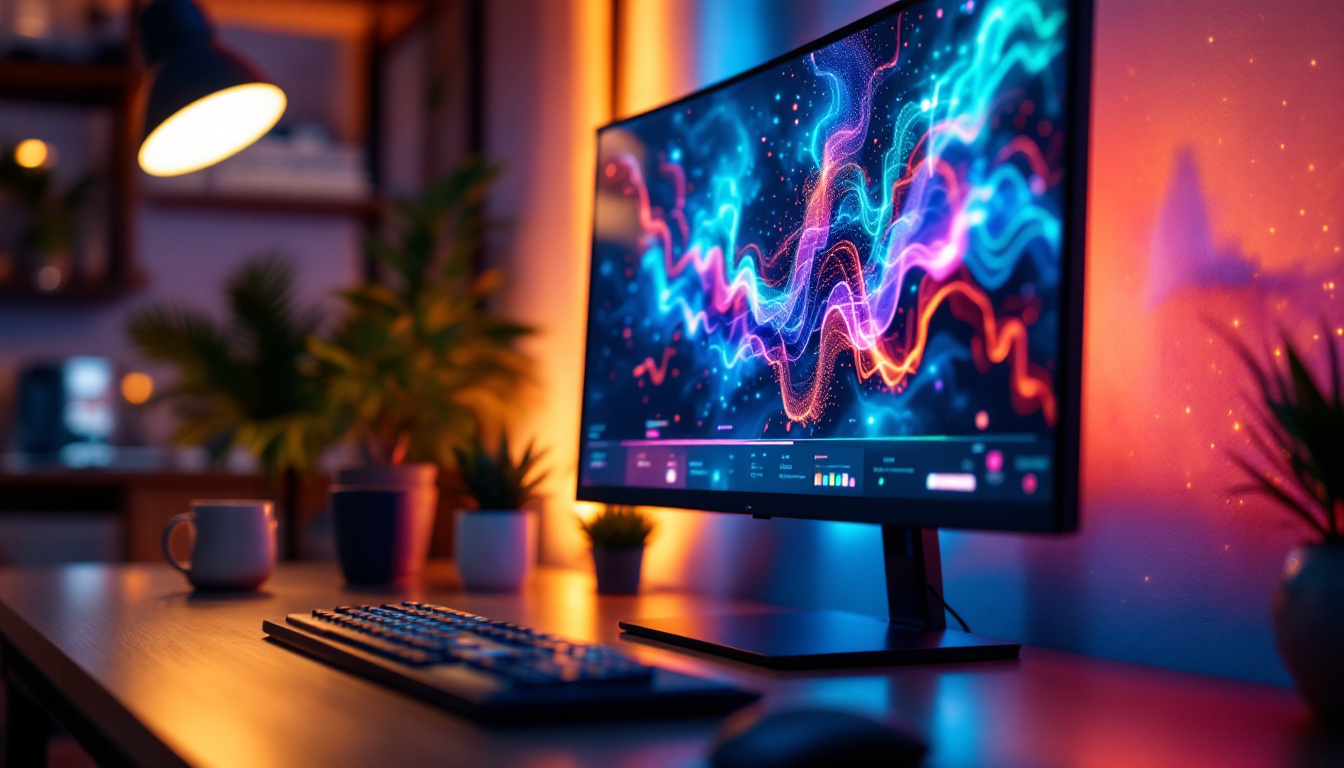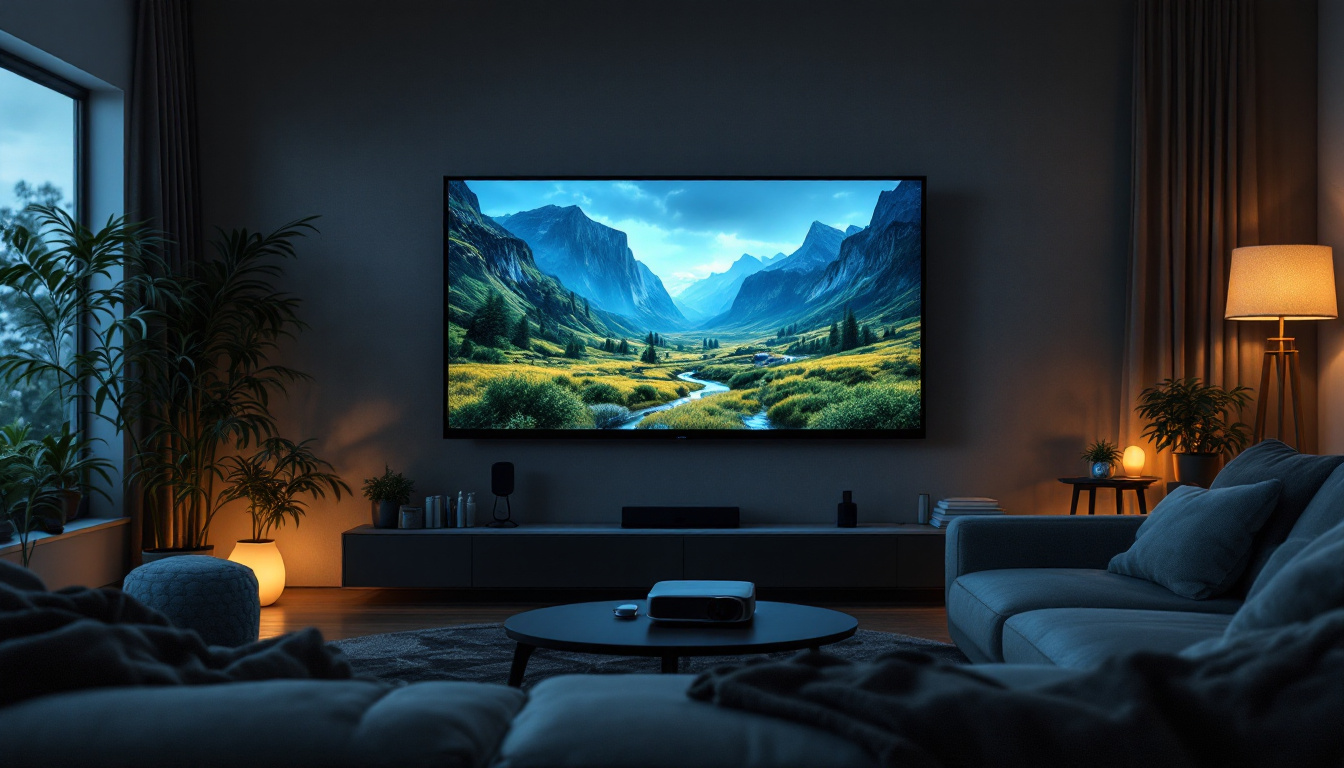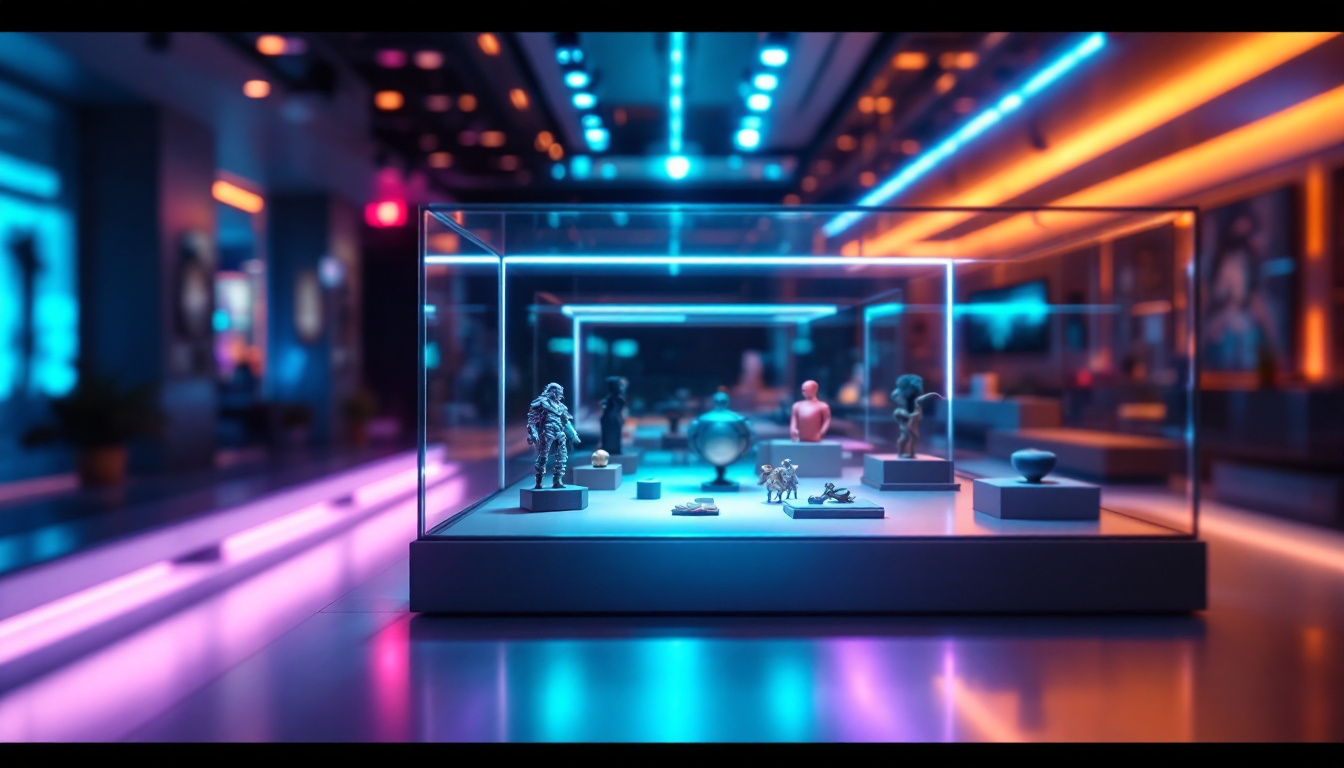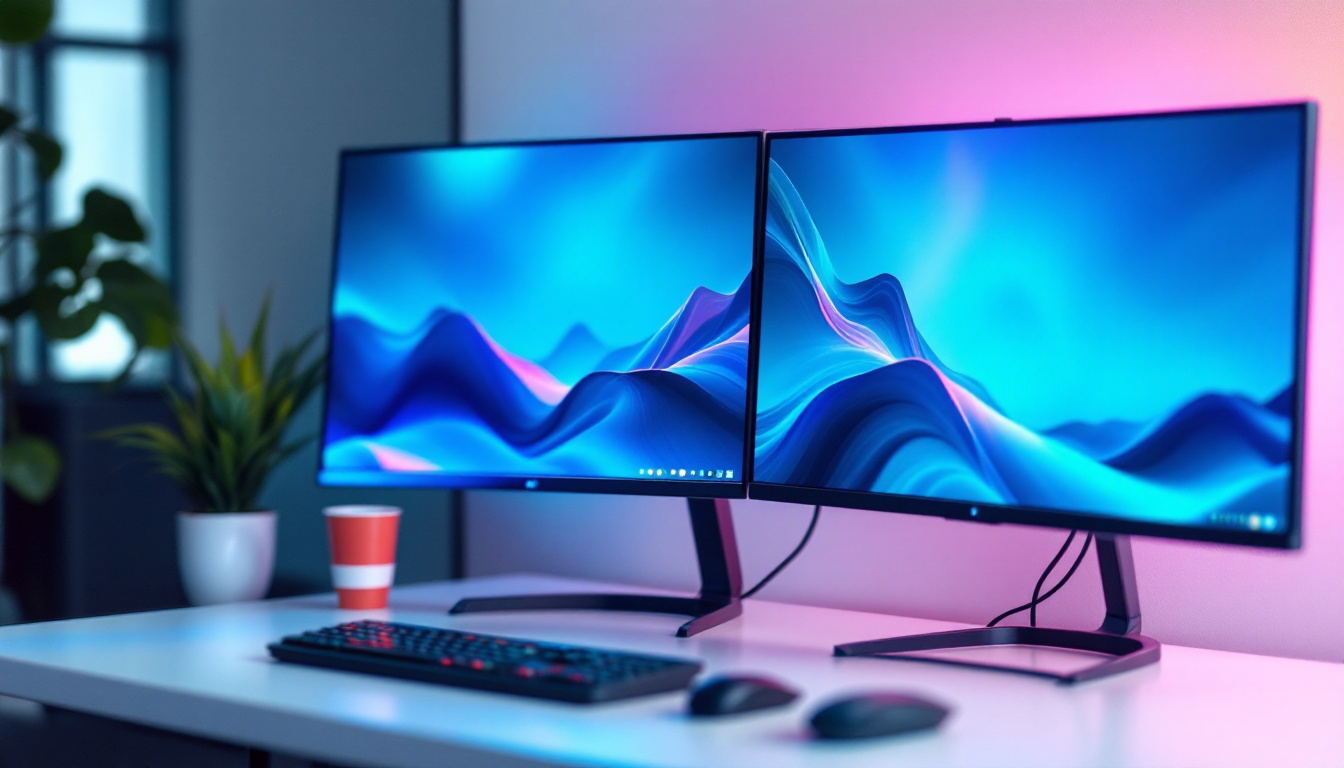In an era where energy efficiency is paramount, understanding how to monitor and manage energy consumption has become increasingly vital. One of the most effective ways to achieve this is through the use of LED displays. These displays not only provide real-time data but also contribute to energy savings and sustainability. This article delves into the intricacies of LED displays, their benefits, and how they can be utilized to monitor energy consumption effectively.
Understanding LED Technology
Light Emitting Diodes (LEDs) are semiconductor devices that emit light when an electric current passes through them. Unlike traditional incandescent bulbs, LEDs are highly efficient, converting a greater portion of energy into visible light. This efficiency is one of the primary reasons why LED technology has gained popularity in various applications, from household lighting to large-scale display systems. Furthermore, LEDs have a significantly longer lifespan compared to incandescent bulbs, often lasting up to 25,000 hours or more. This longevity not only reduces the frequency of replacements but also contributes to lower waste and environmental impact, making LEDs a more sustainable choice for lighting solutions.
How LEDs Work
LEDs function through a process called electroluminescence. When electrons recombine with holes in the semiconductor material, energy is released in the form of photons, which is visible light. This process is not only energy-efficient but also allows for a wide range of colors and brightness levels, making LEDs versatile for numerous applications. The ability to manipulate the semiconductor materials and the doping process enables manufacturers to create LEDs that emit different colors, from warm whites to vibrant reds and blues, catering to diverse aesthetic and functional needs in lighting design.
Types of LED Displays
LED displays come in various forms, each suited for different applications. Common types include:
- Direct View LED Displays: These displays are made up of individual LED modules and are often used for large outdoor billboards and screens.
- LED-Lit LCD Displays: These are traditional LCD screens that use LED backlighting for improved brightness and energy efficiency.
- Organic LED (OLED) Displays: Utilizing organic compounds, these displays offer superior color accuracy and contrast, commonly found in high-end televisions and smartphones.
Each type of LED display has its own unique advantages, making them suitable for specific monitoring needs in energy consumption contexts. For instance, Direct View LED displays are particularly effective in high-visibility environments, such as sports arenas and concert venues, where bright, vivid images are essential for audience engagement. On the other hand, OLED technology is revolutionizing the consumer electronics market, providing thinner screens with flexible designs that can be seamlessly integrated into various devices. As technology advances, the integration of smart features into LED displays, such as adaptive brightness and color temperature adjustments, further enhances their functionality and user experience, paving the way for innovative applications in both residential and commercial settings.
The Importance of Monitoring Energy Consumption
Monitoring energy consumption is crucial for both individuals and organizations. It allows for better decision-making regarding energy use, ultimately leading to cost savings and reduced environmental impact. By understanding energy consumption patterns, users can identify areas for improvement and implement strategies to enhance efficiency.
Benefits of Monitoring Energy Consumption
There are several compelling benefits to monitoring energy consumption:
- Cost Savings: By identifying high energy usage areas, users can take steps to reduce consumption, leading to lower utility bills.
- Environmental Impact: Reducing energy consumption contributes to lower greenhouse gas emissions, supporting sustainability efforts.
- Operational Efficiency: Monitoring allows organizations to optimize their energy use, improving overall operational efficiency.
Incorporating LED displays for monitoring purposes can enhance these benefits, providing real-time data that is easy to interpret and act upon.
Real-Time Data Visualization
One of the standout features of LED displays is their ability to present data in real-time. This capability is crucial for energy monitoring, as it allows users to see fluctuations in energy consumption instantly. With dynamic visualizations, users can quickly grasp their energy usage patterns and make informed decisions.
Moreover, real-time data visualization can foster a culture of energy awareness within organizations. When employees see their energy consumption displayed prominently, it encourages them to adopt more energy-efficient behaviors. For instance, simple actions such as turning off lights in unoccupied rooms or unplugging devices can become part of the workplace culture, leading to significant cumulative savings over time. This shift not only benefits the organization financially but also contributes to a collective effort toward sustainability.
Additionally, the integration of smart technology with LED displays can further enhance energy monitoring capabilities. Smart sensors can provide detailed insights into specific appliances or systems, allowing users to pinpoint inefficiencies with greater accuracy. This granular level of detail empowers users to make targeted adjustments, ensuring that energy-saving measures are both effective and sustainable in the long run.
How LED Displays Facilitate Energy Monitoring
LED displays are not just about aesthetics; they play a significant role in energy monitoring systems. Their ability to convey information clearly and effectively makes them ideal for this purpose. Here’s how they facilitate energy monitoring:
Integration with Smart Systems
Modern LED displays can be integrated with smart energy management systems. These systems collect data from various sensors and devices, allowing for comprehensive monitoring of energy consumption across different areas. The LED display serves as a user-friendly interface, showcasing this data in an easily digestible format.
Customizable Alerts and Notifications
Another significant advantage of using LED displays is the ability to set up customizable alerts. Users can configure the system to notify them when energy consumption exceeds a certain threshold. This proactive approach enables timely interventions, helping to prevent excessive energy use and associated costs.
Applications of LED Displays in Energy Monitoring
LED displays find applications across various sectors when it comes to monitoring energy consumption. From commercial buildings to industrial facilities, their versatility is evident. Here are some notable applications:
Commercial Buildings
In commercial settings, LED displays can be used to monitor energy consumption in real-time. By displaying data on energy usage for different departments or equipment, businesses can promote energy-saving behaviors among employees. This transparency encourages a culture of sustainability within the workplace.
Industrial Facilities
Industrial facilities often have complex energy needs. LED displays can provide insights into energy consumption patterns across machinery and processes. By identifying inefficiencies, companies can optimize operations, reduce waste, and ultimately lower energy costs.
Smart Homes
In the context of smart homes, LED displays can serve as central hubs for monitoring energy use. Homeowners can track their energy consumption in real-time, adjust settings on smart appliances, and receive notifications about energy usage. This level of control empowers homeowners to make informed decisions about their energy consumption.
Choosing the Right LED Display for Energy Monitoring
Selecting the appropriate LED display for energy monitoring involves several considerations. Factors such as size, resolution, and functionality play a crucial role in ensuring that the display meets the specific needs of the user.
Size and Visibility
The size of the LED display should be determined by the viewing distance and the environment in which it will be placed. For larger spaces, such as industrial facilities, larger displays may be necessary to ensure visibility from a distance. Conversely, smaller displays may suffice for compact areas like offices or homes.
Resolution and Clarity
Resolution is another critical factor. Higher resolution displays provide clearer visuals, making it easier to interpret data. For detailed energy consumption graphs or charts, opting for a display with higher pixel density can enhance readability and user experience.
Interactivity and Features
Consideration should also be given to the interactivity of the LED display. Features such as touch screens or integration with mobile apps can enhance user engagement and facilitate easier navigation through data. The more intuitive the display, the more likely users will utilize it effectively for monitoring energy consumption.
Future Trends in LED Displays for Energy Monitoring
The landscape of LED technology is continually evolving, with new innovations enhancing the capabilities of LED displays in energy monitoring. Emerging trends indicate a promising future for this technology.
Smart Integration
As the Internet of Things (IoT) continues to expand, LED displays are likely to become even more integrated with smart systems. This integration will enable more sophisticated energy monitoring solutions that can analyze data and provide actionable insights automatically.
Enhanced Sustainability Features
Future LED displays may incorporate more sustainable materials and energy-efficient components. As sustainability becomes a focal point for manufacturers, the development of eco-friendly displays will align with the growing demand for environmentally responsible solutions.
Advanced Data Analytics
Advancements in data analytics will also play a significant role in the future of LED displays for energy monitoring. With the ability to process vast amounts of data, these displays may provide predictive analytics, helping users anticipate energy consumption trends and adjust their usage accordingly.
Conclusion
Monitoring energy consumption is essential for fostering a culture of sustainability and efficiency. LED displays serve as powerful tools in this endeavor, providing real-time data visualization, customizable alerts, and integration with smart systems. As technology continues to advance, the role of LED displays in energy monitoring will only become more significant, paving the way for smarter, more sustainable energy use.
By leveraging the capabilities of LED displays, individuals and organizations can take proactive steps toward reducing energy consumption, ultimately leading to cost savings and a positive environmental impact. Embracing this technology is not just a trend; it is a necessary step toward a more sustainable future.
Take Control of Your Energy Monitoring with LumenMatrix
Ready to elevate your energy monitoring capabilities? Discover how LumenMatrix’s innovative LED display technology can transform the way you visualize and manage your energy consumption. From Indoor and Outdoor LED Wall Displays to specialized solutions like Vehicle and Sports Displays, LumenMatrix offers a wide array of options to suit your specific needs. Embrace the future of energy efficiency and make a lasting impact with our state-of-the-art LED solutions. Check out LumenMatrix LED Display Solutions today and take the first step towards a smarter, more sustainable energy future.

